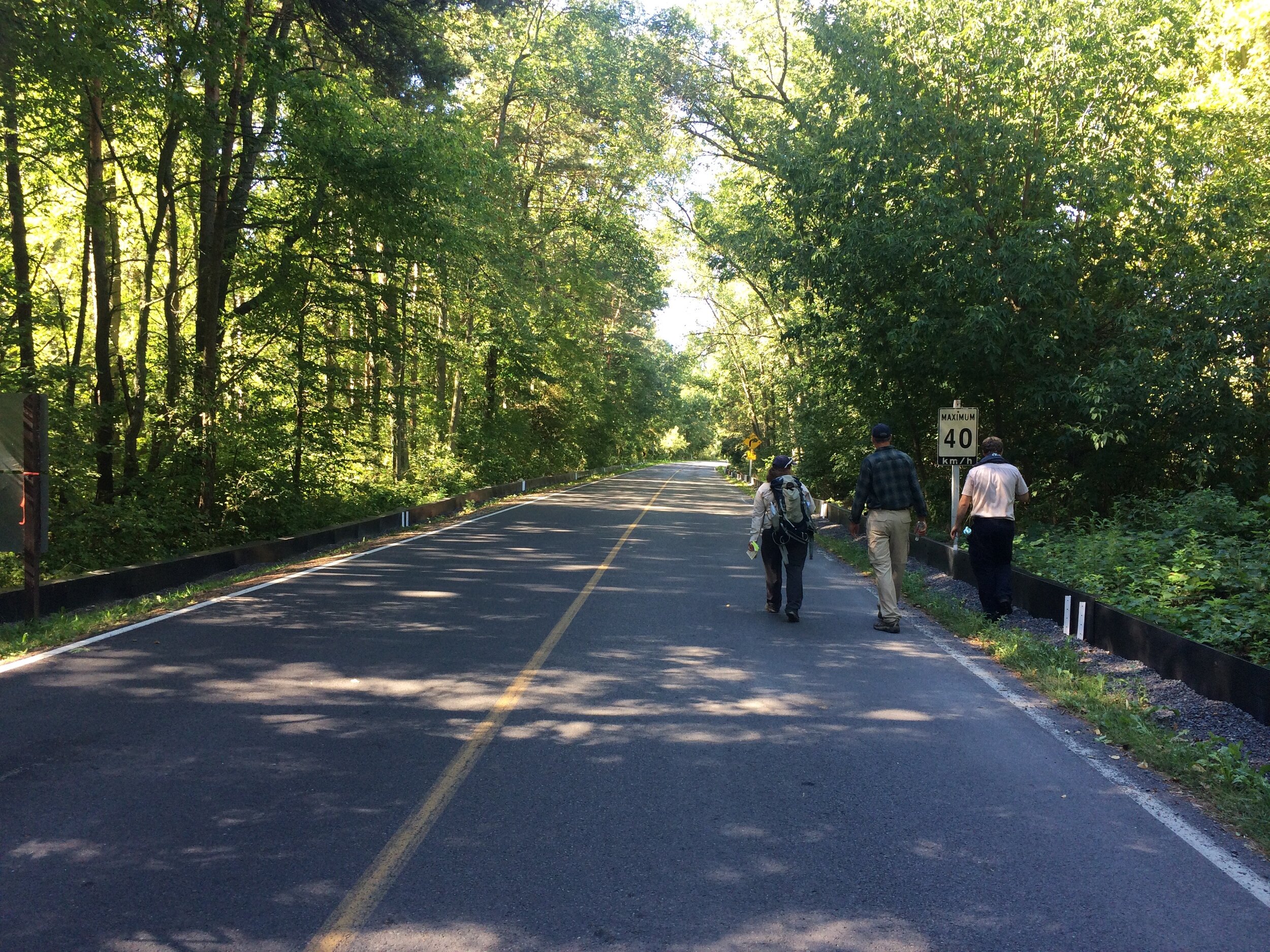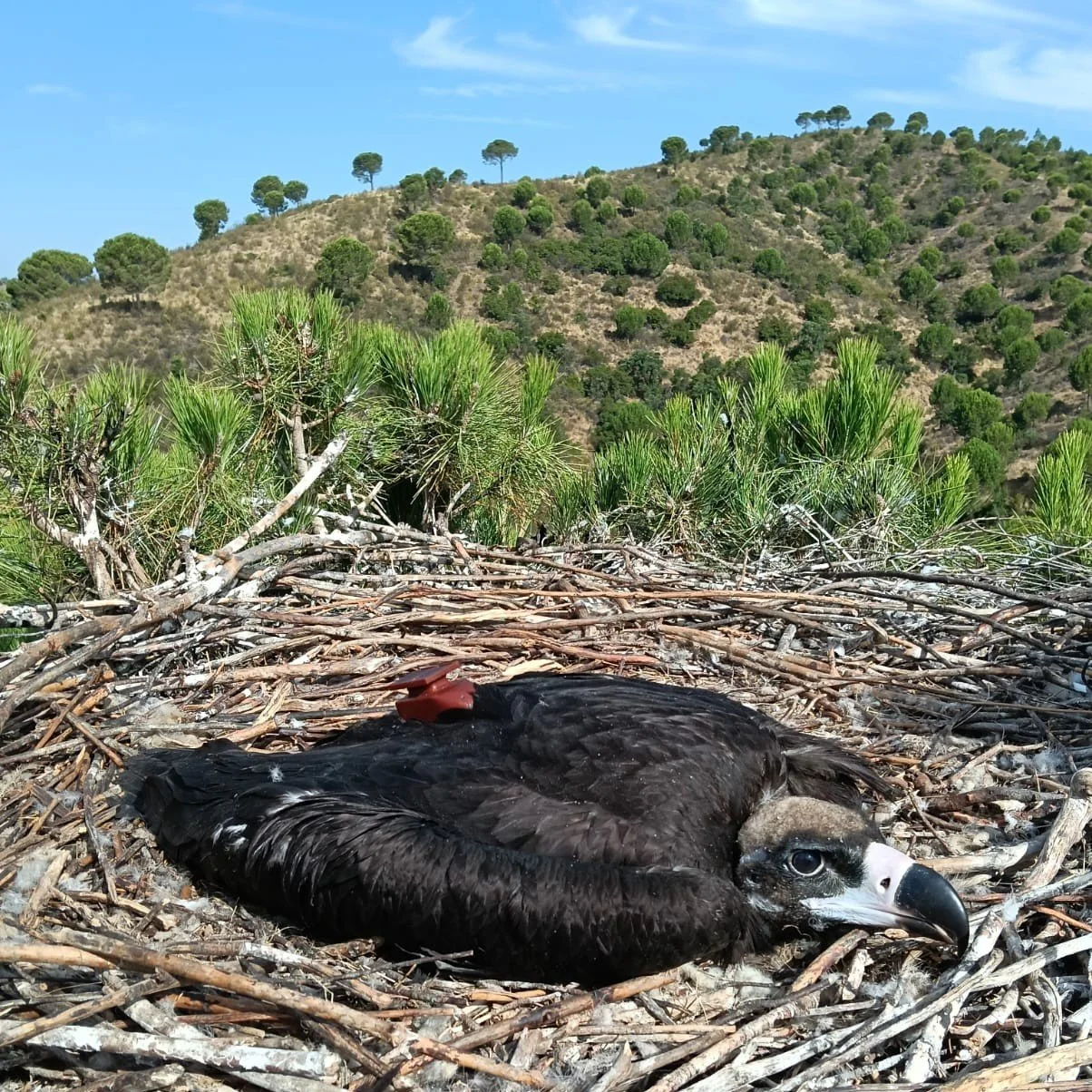
Case Studies
Sharing practical experiences.
Here you’ll find easy-to-read case studies of real-life projects and experiences from around the world to help you better plan, build and manage ecologically sustainable linear infrastructure. Case studies are written by practitioners working on road, rail, powerline and other linear infrastructure projects and showcase what worked, what failed and lessons learnt.
Case studies are listed chronologically according to when they were published here. To find information on a specific topic, please use the SEARCH function and search by keywords, including topic, species, location and author.

SHARE YOUR CASE STUDIES
Are you part of a project that other people could learn something from? If so please submit it to be featured.
Shifting gears - Humanity needs roads and other infrastructure. But how can we minimize infrastructure’s negative impacts and allow nature to thrive?
A republished article from WWF. Running through Guaviare in south-central Colombia—a region with some of the highest rates of deforestation in the country—there is the first deteriorated road being rebuilt and updated to follow the pioneering Green Road Infrastructure (GRI) Guidelines, which recently became mandatory in Colombia.
Restoring a Benchmark: How Community, Council, and Science Revived the Compton Road Wildlife Overpass
In the early 2000s, Brisbane City Council made history with the construction of the Compton Road fauna array – one of Australia’s first purpose-built wildlife overpasses, complemented by a network of underpasses, glider poles, and rope ladders. Strategically located between Kuraby Bushland and Karawatha Forest, the array was designed to reconnect fragmented habitats within the Flinders–Karawatha Corridor: the largest remaining stretch of continuous forest in southeast Queensland.
Wildlife in peril: Portugal’s Newest Cinereous Vulture Colony Faces an Energy-Infrastructure Storm
A newly discovered Cinereous Vulture colony in Serra do Mendro, southern Portugal, is facing severe threats from an expanding web of renewable-energy infrastructure, including wind farms, solar plants, and high-voltage power lines. Conservationists warn that without stricter planning and legal protections, the country’s green-energy boom could halt or even extinguish one of its most promising wildlife recovery efforts.
Rethinking Linear Infrastructure Developement to Protect Tigers and Elephants - A Case Study in the Terai Arc Landscape
In the fast-developing Terai region that lies at the intersection of the Indo-Nepal international boundary, lies a linear tract of pristine wildlife habitat that is home to tigers, leopards, Asian elephants, and one-horned rhinoceros. Through a combination of ecological connectivity research and outreach activities, our project aims to foster partnerships across conservation and infrastructure development agencies for long-term, sustainable, and conservation-conscious infrastructure planning.
Use of sensor cameras in detecting wildlife near railway lines to prevent Train-Wildlife Collision (TWC) in Tamil Nadu, India
With effective use of AI-based sensor camera technology - patented in the name ‘e-eye’, forest staff are proactively detecting the presence of wildlife near railway tracks and sharing this information with frontline railway staff in the real-time to prevent Train-Elephant Collisions. Tamil Nadu Forest Department who initiated this innovation is highly motivated in using this technology for reducing Wildlife-Vehicle Collision (WVC) along with minimizing Human-Wildlife Conflicts (HWC) in conflict prone areas.
Taking the landscape and the people seriously: Cooperation leads to multiple safe passages for wildlife in a suburban setting in Brisbane, Australia
What appeared to be an environmental disaster became a major achievement when community groups convinced a multinational road operator that a planned motorway upgrade offered an opportunity for reconnecting a severed landscape, with international recognition as one of the rewards.
Working Together Works: From conflict to cooperation in the Cascade Mountains, USA
The spectacular overpass over the I-90 in the Cascade Mountains near Seattle is one of the US’s most celebrated wildlife crossing structures. But it started with equally spectacular conflicts. How seemingly impossible differences were overcome provides hope and a way forward for similar projects.








